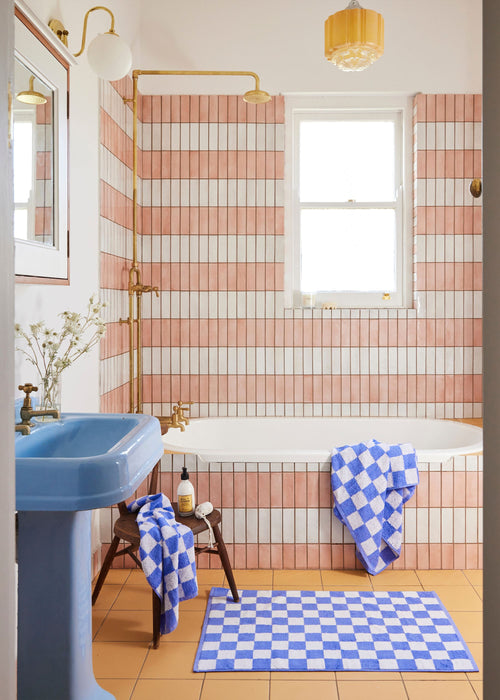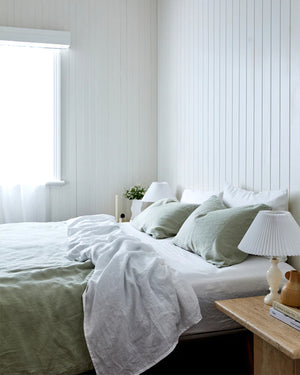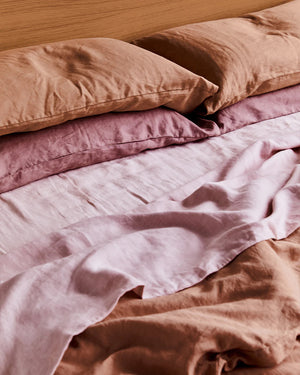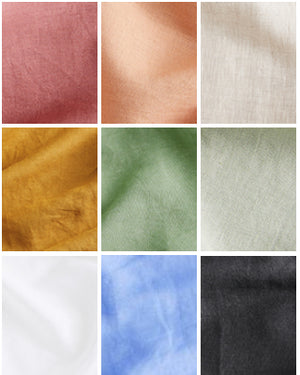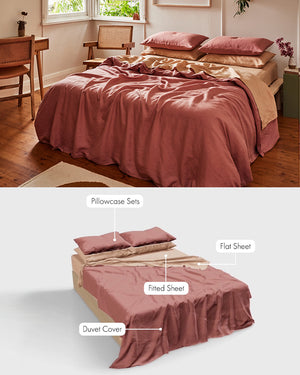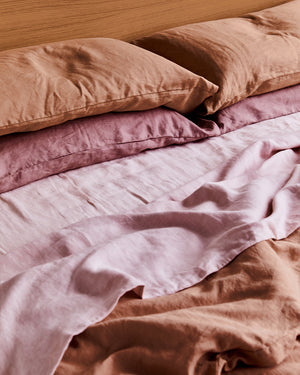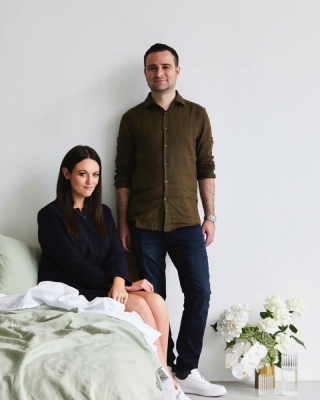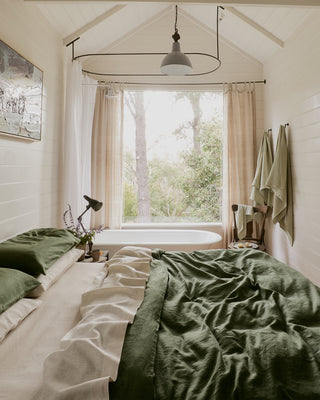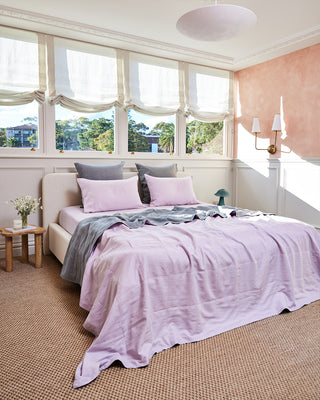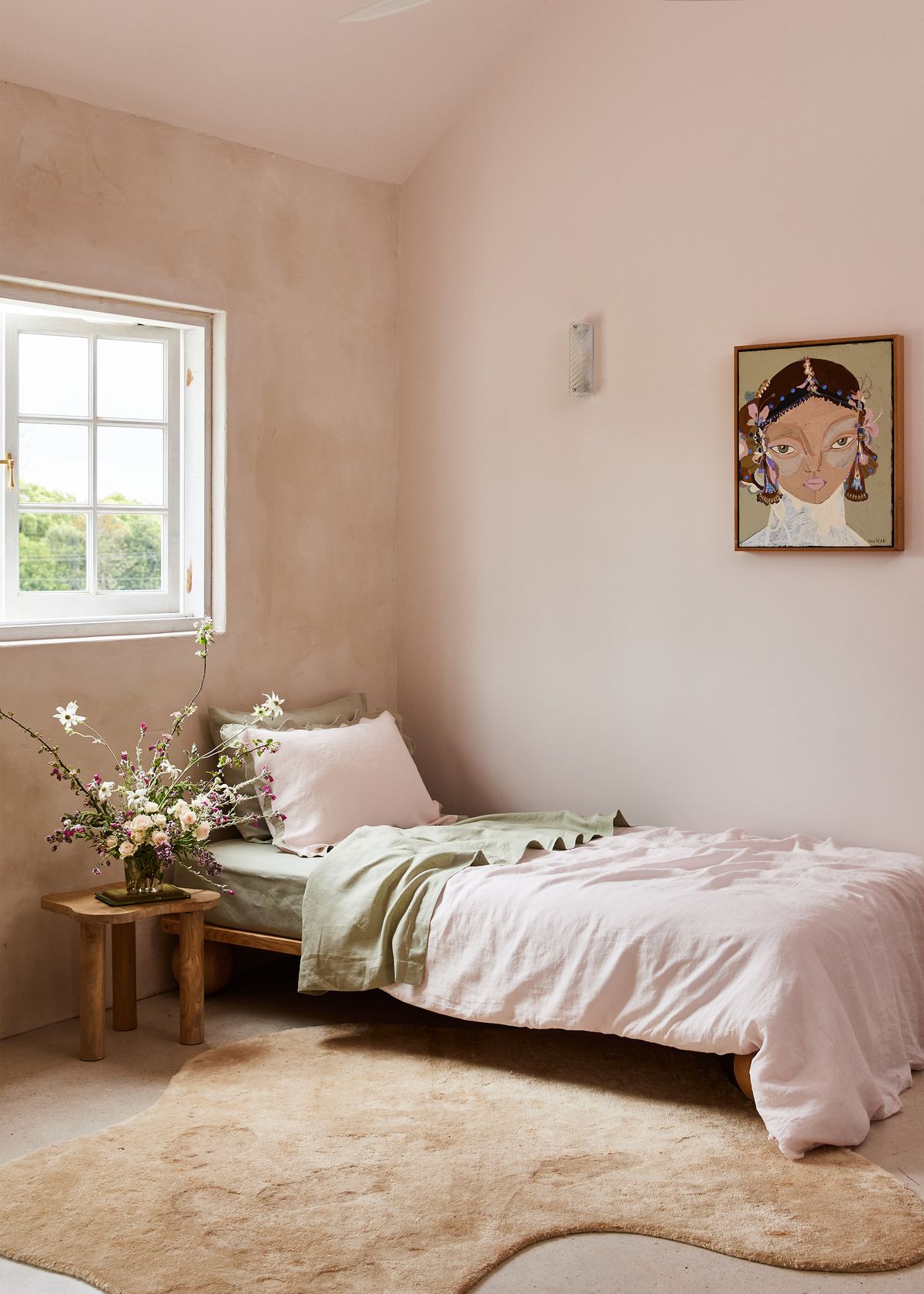
The reason for it isn't particularly pleasant.
Are Your Pillows Turning Yellow? Here’s What It Means
The reason for it isn't particularly pleasant.
We’ve all got one, and if you don’t, you know someone who does. Often hiding in the back of our linen cupboards, or if we’re brave enough, on our beds, yellow pillows have long been a part of the household inventory – but is it time we take them off the list?
For those who aren’t quite sure what a yellow pillow is and are picturing one of our beautiful Limoncello Pillowcases, we’re extremely sorry to let you down. This is the kind of yellow pillow you probably don’t want on display, but will still happily rest your head on each night.
To put it simply, a yellow pillow is a regular pillow… that should’ve been replaced quite some time ago. Similar to how we spring clean our linen cupboards, and detoxify our kitchens, every pillow has its day – even if it is the most comfortable cushion your head has ever touched.
Below, we look at why pillows turn yellow, what we can do to stop this from happening, and what we should do when our pillows cross over the yellow line.
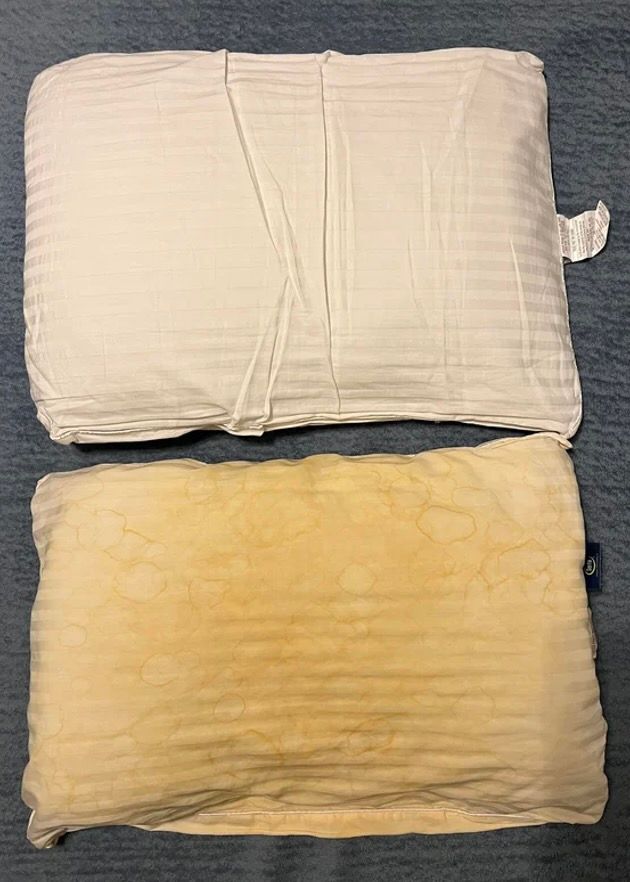
Why does a pillow turn yellow?
The leading cause for pillows yellowing is moisture, so natural body oils, going to bed with wet hair, and freshly applied body lotion can all be to blame.
The other main cause of pillow discolouration is sweat. Throughout the night, many of us fall victim to overheating, which results in sweating while we sleep. Although it may not seem like a lot, the heat harboured from our head and neck is enough to turn our pillows from glistening white to a sad yellow.
How to stop your pillow from turning yellow
While there will always be evenings where you choose to go to bed with wet hair and a thick layer of moisturiser on your face, there are a few things you can do to stop your pillow from discolouring.
Even if moisture isn’t directly coming into contact with your pillow, the humidity in the room can lead to pillow yellowing. Regulating the temperature of your bedroom with a fan or dehumidifier will also reduce the prevalence of this happening.
Pillow protectors (not to be mistaken for pillowcases) are also extremely useful in slowing down the yellowing process, serving as an additional layer between your pillowcase and pillow.
How often should you replace your pillows?
Pillows which are used nightly should be replaced every 1-2 years (regardless of whether they’re yellow or not). If you’re unsure whether it's time for your pillow to hit the bin, look out for these signs:
- Clumps of down or filling gathering inside.
- Lost its ability to fluff up.
- Flat and no longer plush.




